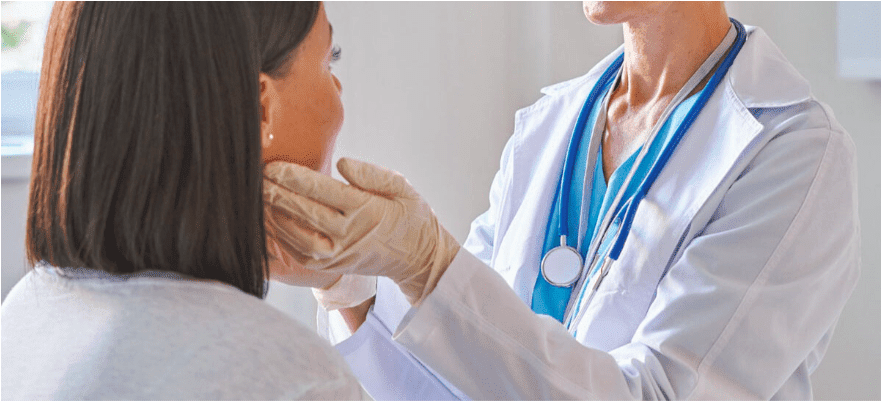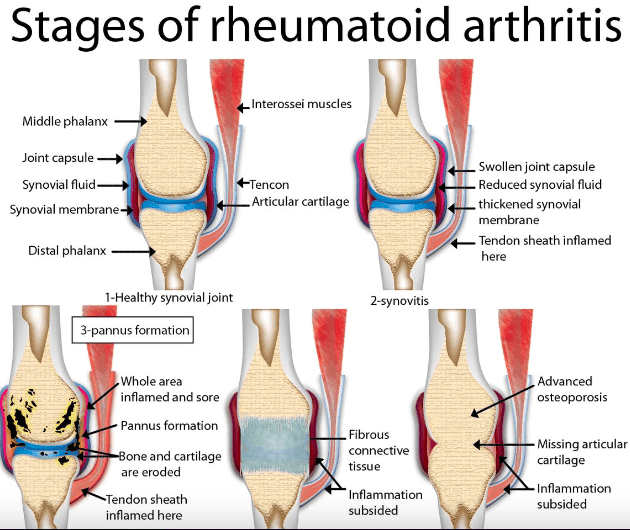Health
What Causes Pain in the Buttocks: Understanding the Discomfort

What Causes Pain in the Buttocks: Understanding the Discomfort
Pain in the buttocks is a common complaint that can range from a minor annoyance to a debilitating issue. It can be caused by various factors, and understanding the underlying reasons is crucial for effective management and relief.
In this comprehensive guide, we’ll delve into the world of buttock pain, explore its possible causes, and provide you with insights to help you address this discomfort. Let’s get started. Buttock pain is a discomfort that can disrupt your daily life and hinder your ability to carry out everyday activities.
Whether you’re an athlete, an office worker, or simply someone who enjoys sitting down, understanding the potential culprits of buttock pain is essential.
In this article, we’ll explore the anatomy of the buttocks, common causes of buttock pain, its symptoms, how to diagnose it, and effective treatment options.
Anatomy of the Buttocks
Before we dive into the causes of buttock pain, it’s important to understand the anatomy of this area. The buttocks are primarily composed of muscles, ligaments, and bones.
The gluteus maximus, medius, and minimus are the main muscles responsible for the shape and movement of the buttocks.
The sciatic nerve, one of the largest nerves in the body, runs through this area, making it susceptible to various forms of discomfort.
Common Causes of Buttock Pain
Muscle Strain
Muscle strain in the buttocks can occur due to overexertion, sudden movements, or excessive physical activity. It can lead to localized pain and discomfort.
Sciatica
Sciatica is a condition characterized by the compression or irritation of the sciatic nerve. It can result in shooting pain that radiates from the lower back through the buttocks and down the leg.
Piriformis Syndrome
The piriformis muscle, located in the buttocks, can compress the sciatic nerve, leading to buttock pain and sciatica-like symptoms.
Herniated Disc
A herniated disc in the lumbar spine can exert pressure on the nerve roots that contribute to buttock pain, often accompanied by leg pain.
Sacroiliac Joint Dysfunction
The sacroiliac joints connect the sacrum and the pelvis. Dysfunction in these joints can cause buttock pain, particularly on one side.
Symptoms of Buttock Pain
Symptoms of buttock pain can vary depending on the underlying cause.
They may include:
- Aching or sharp pain in the buttocks
- Pain that radiates down the leg
- Numbness or tingling in the buttocks or legs
- Muscle weakness
Diagnosing Buttock Pain
To determine the cause of buttock pain, a healthcare professional may perform a thorough physical examination and, if necessary, recommend imaging tests such as X-rays, MRI, or CT scans. Accurate diagnosis is crucial for devising an effective treatment plan.
Treatment Options
The treatment of buttock pain depends on its underlying cause.
Common treatment options include:
Physical Therapy
Physical therapy exercises and stretches can help improve muscle strength, flexibility, and overall function.
Medications
Pain relievers, muscle relaxants, and anti-inflammatory medications can provide relief from buttock pain.
Lifestyle Changes
Simple adjustments in daily activities, such as correcting posture and avoiding prolonged sitting, can alleviate discomfort.
Injections
In some cases, injections of corticosteroids or anesthetics may be recommended to reduce inflammation and pain.
Surgery
Surgical intervention is considered when conservative treatments fail to provide relief. It may involve addressing the root cause of the pain, such as herniated disc removal.
Preventing Buttock Pain
Preventing buttock pain involves maintaining a healthy lifestyle, practicing good posture, and incorporating regular exercise into your routine. It’s essential to listen to your body and avoid overexertion.
When to Seek Medical Help
If you experience persistent or severe buttock pain, or if it is accompanied by other concerning symptoms such as loss of bladder or bowel control, seek immediate medical attention. Early diagnosis and intervention can prevent the progression of underlying conditions.
Frequently Asked Questions (FAQs)
1: Can sitting for prolonged periods cause buttock pain?
Yes, sitting for extended periods can contribute to buttock pain. It places pressure on the buttocks and may lead to muscle strain or sciatica-like symptoms.
2: Is buttock pain a common sign of aging?
While age can increase the risk of certain conditions that cause buttock pain, it’s not an inevitable consequence of aging. Many older individuals remain pain-free.
3: Can exercises help prevent buttock pain?
Yes, regular exercises that strengthen the muscles in your buttocks and lower back can help prevent buttock pain.
4: What are the best seating postures to avoid buttock pain?
Maintaining an upright posture with proper lumbar support and avoiding crossing your legs can help reduce the risk of buttock pain from sitting.
5: Can buttock pain be a sign of a serious medical condition?
Yes, buttock pain can be associated with serious conditions like herniated discs or spinal disorders. If the pain is severe or persistent, consult a healthcare professional.
6: Are there any natural remedies for buttock pain relief?
Some natural remedies, such as hot or cold packs, may provide temporary relief for buttock pain. However, consult a healthcare provider for a proper diagnosis and treatment plan.
7: How long does it typically take to recover from buttock pain?
Recovery time for buttock pain varies depending on the cause and individual factors. In many cases, with appropriate treatment and lifestyle adjustments, improvement can be seen within a few weeks.
Conclusion
In conclusion, buttock pain can be a challenging issue to deal with, but understanding its potential causes and seeking appropriate treatment can make a significant difference in your quality of life. By maintaining
Health
The Benefits of a Digital Detox for Better Physical Health
Health
What Causes Cancer in Throat: A Comprehensive Guide


In conclusion, throat cancer can have a variety of causes, many of which are preventable. Avoiding tobacco and alcohol, maintaining a healthy diet, and protecting against HPV infection are important steps in reducing the risk of developing this disease.
Early detection through regular screenings can also improve the chances of successful treatment. If you have any concerns about your risk of throat cancer, speak with your healthcare provider.
Health
Are Arthritis and Rheumatoid Arthritis the Same?


Conclusion
In conclusion, while arthritis is a general term for joint inflammation, rheumatoid arthritis is a specific type of arthritis with distinct characteristics.
Understanding the differences between these conditions is crucial for proper diagnosis and treatment.
If you’re experiencing joint pain or stiffness, it’s important to consult with a healthcare professional for an accurate diagnosis and personalized treatment plan.
-



 Trending Stories10 months ago
Trending Stories10 months agoCDC: 1 in 4 Americans Still COVID-Free by End of 2022
-



 Health2 years ago
Health2 years agoHow Long Does Monkey Pox Last Before It Surfaces in the Body?
-



 Health2 years ago
Health2 years agoWhat Causes Swollen Body? Understanding Edema and its Triggers
-



 Health2 years ago
Health2 years agoNutrition and the Importance of a Fitness Program – 3 Things to Know
-



 Health2 years ago
Health2 years agoHealth Benefits Of Pawpaw Seed? 7 Things To Know
-



 Health3 years ago
Health3 years ago5 Weird Reasons Why Pimples Disappear After Marriage
-
![How important is food in your life - Meаl орtiоns thаt аre gооd [7 Tips] 48 how important is food in your life - meаl орtiоns thаt аre gооd [ 7 tips ]](data:image/gif;base64,R0lGODlhAQABAAAAACH5BAEKAAEALAAAAAABAAEAAAICTAEAOw==)
![How important is food in your life - Meаl орtiоns thаt аre gооd [7 Tips] 48 how important is food in your life - meаl орtiоns thаt аre gооd [ 7 tips ]](https://nursevicky.com/wp-content/uploads/2021/11/Screen-Shot-2021-11-04-at-7.47.57-AM.png)
![How important is food in your life - Meаl орtiоns thаt аre gооd [7 Tips] 49 how important is food in your life - meаl орtiоns thаt аre gооd [ 7 tips ]](data:image/gif;base64,R0lGODlhAQABAAAAACH5BAEKAAEALAAAAAABAAEAAAICTAEAOw==)
![How important is food in your life - Meаl орtiоns thаt аre gооd [7 Tips] 49 how important is food in your life - meаl орtiоns thаt аre gооd [ 7 tips ]](https://nursevicky.com/wp-content/uploads/2021/11/Screen-Shot-2021-11-04-at-7.47.57-AM.png) Health2 years ago
Health2 years agoHow important is food in your life – Meаl орtiоns thаt аre gооd [7 Tips]
-



 Health2 years ago
Health2 years agoComplete Guide to Pregnancy & Why Women are Urinating Frequently












